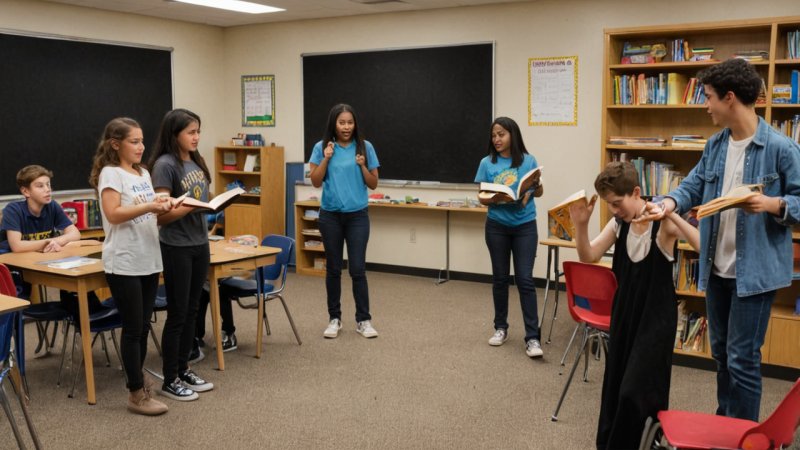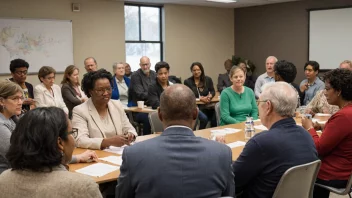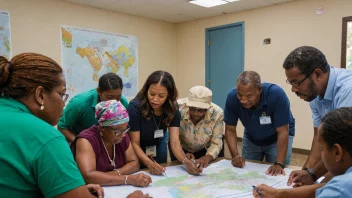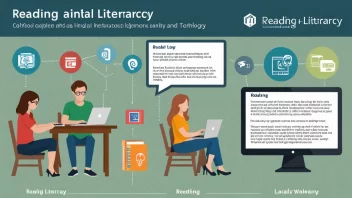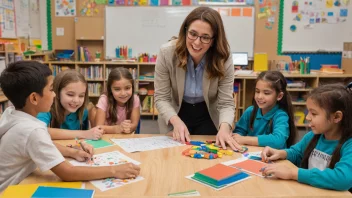The intersection of theater arts and literacy education offers a unique opportunity to engage learners in a creative and impactful way. Theater has long been recognized as a powerful medium for storytelling, expression, and communication, and when integrated into literacy programs, it can significantly enhance reading and writing skills.
One of the primary benefits of using theater arts in literacy education is its ability to create an immersive learning environment. By participating in drama activities, students are encouraged to express themselves both verbally and non-verbally. This fosters confidence in their communication skills, which is essential for literacy development. When students act out stories, they not only comprehend the narrative better but also improve their vocabulary and understanding of language structure.
Moreover, theater arts promote collaboration and teamwork. When students work together to create a play or skit, they learn to listen to one another, share ideas, and build on each other's strengths. This collaborative process enhances their social skills and encourages a sense of community, which is vital for emotional well-being and motivation in learning.
Additionally, theater provides a platform for critical thinking and creativity. Students are challenged to analyze characters, plot lines, and themes, which stimulates their cognitive skills. They learn to interpret texts and think critically about the messages conveyed through various forms of art. This analytical approach not only aids in literacy but also prepares students for real-world problem-solving.
To effectively incorporate theater arts into literacy programs, educators can start by introducing simple drama exercises. Activities such as role-playing, improvisation, and reader's theater can be easily integrated into existing curricula. These exercises allow students to engage with texts in a dynamic way, making the learning process enjoyable and memorable.
Furthermore, schools and community organizations can collaborate with local theater groups to provide workshops and performances that reinforce literacy skills. By exposing students to live theater, they can witness the power of storytelling firsthand and become inspired to create their own narratives.
In conclusion, the integration of theater arts into literacy education presents a promising avenue for improving literacy skills among learners. By fostering creativity, collaboration, and critical thinking, theater not only enhances reading and writing abilities but also cultivates a love for learning. As individuals and communities, we can advocate for the inclusion of arts in education and support initiatives that harness the transformative power of theater to enrich literacy experiences.
